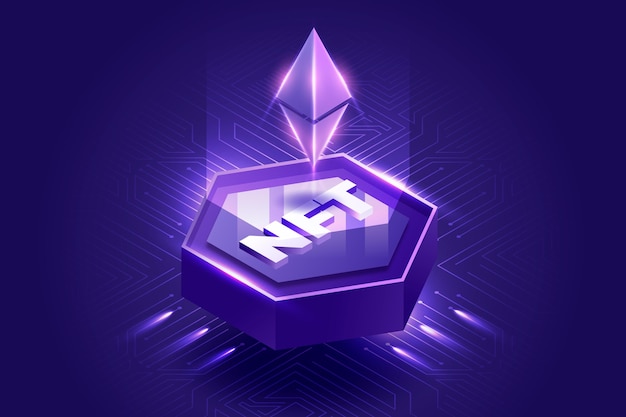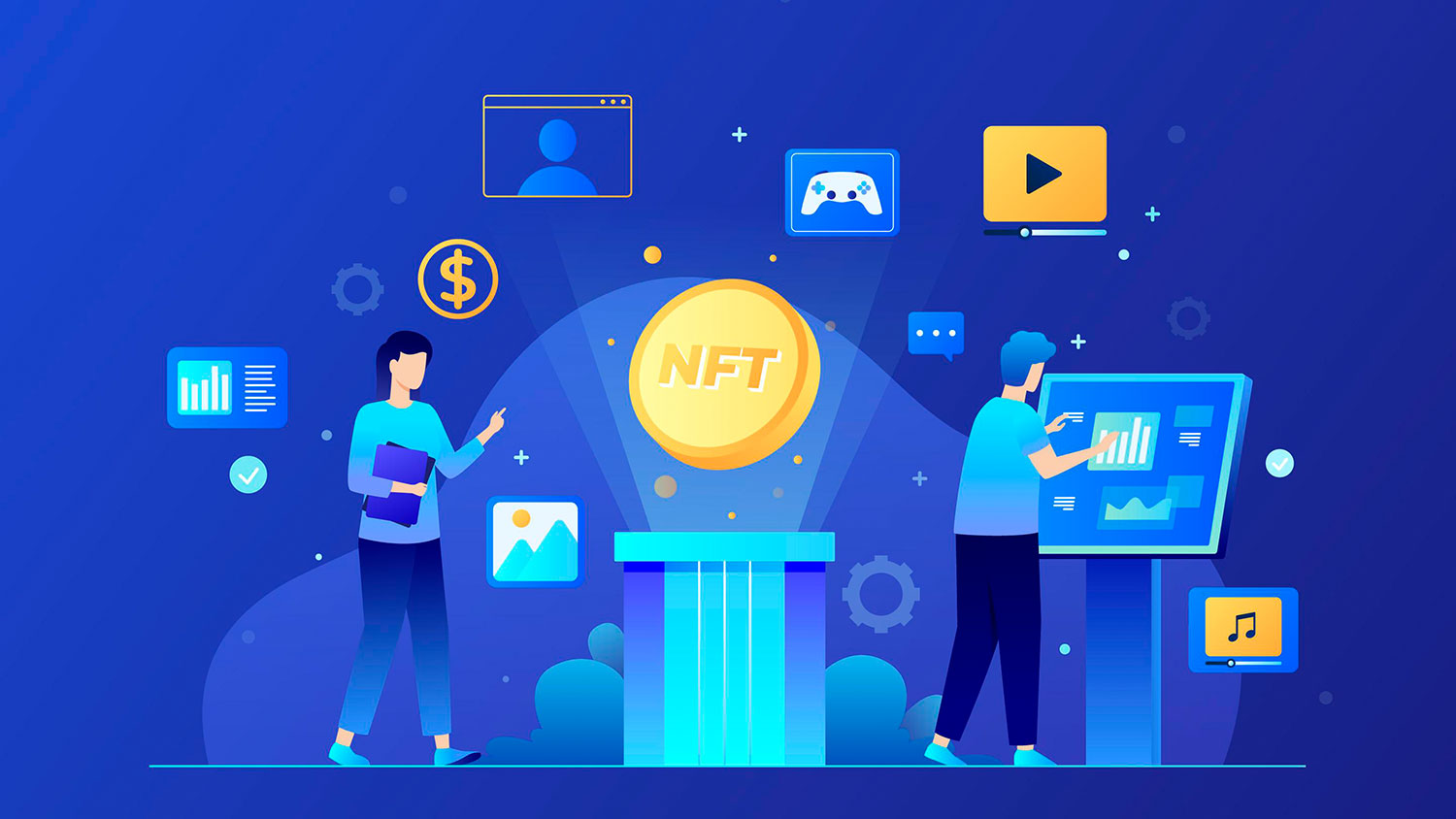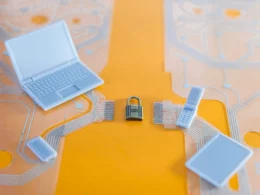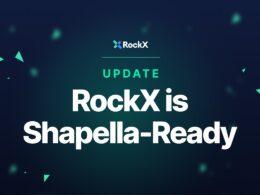Minting is the process of creating physical coins which are used as an exchange of value. With the new currency model, this exchange of value has evolved, and so has the process of minting.
When a new currency or coin comes into existence on the Blockchain network, it is generally referred to as “minting.” A minted coin can be utilized for public distribution or sold to collectors, or used simply as an exchange of value.
Instead of a physical process, these coins go through a virtual minting process that depends upon blockchain’s underlying consensus mechanism. In technical terms, minting is validating transactions, producing new blocks, and storing information on the blockchain corresponding to the coin number. It is used to inflate the circulating supply or provide the initial supply of the currency.
The Difference Between Minting, Mining, and Staking
Proof of Stake (PoS) and Proof of Work (PoW) are the two basic consensus mechanisms that run to achieve distributed consensus and protect the network. These consensus algorithms have variations in the process of obtaining agreement in a Blockchain network. PoS relies on validators to verify transactions, whereas PoW relies on miners to solve complicated mathematical problems and add a new layer of security to the blockchain.
But what part do they play in minting?
As discussed above, minting new coins requires validating the transaction that will mint the coins, then adding the transaction to the blockchain’s block. A consensus algorithm governs this process.

In PoW, the minting of tokens happens by mining the transaction, while in PoS, the minting is approved through staking. The PoW’s mining process works on the principles of Zero-Knowledge Proof and allows the minting of coins to be authentic.
On the other hand, the process of minting necessitates the validators having a particular quantity of assets staked in the network. If the validators try to manipulate the system, the network’s assets serve as a penalty mechanism. The fear of losing assets is what encourages the validators to check the transactions thoroughly.
The terms “minting” and “mining” are sometimes used interchangeably. This is a bit incorrect, as their functionality differs.
While there are multiple possibilities for tokenizing an asset and minting its tokens on the blockchain, there are two primary types of tokens that are minted popularly.
- Non-Fungible Tokens (NFTs) – NFTs are non-divisible tokens that store their unique data. Even if the assets are equivalent, they may not have the same worth. It functions as a one-of-a-kind trading asset that is not divisible or interchangeable. Unique digital artwork is a prime example of an NFT.
- Fungible Tokens – Fungible tokens are used to represent assets of equal value. They’re designed such that each fraction of a token is equal to the other. Each Bitcoin has the same value and is, therefore, an appropriate example of fungible tokens. It’s also exchangeable. Thus it can be used with other fungible tokens.
How to Mint an NFT?
Minting an NFT is creating a unique digital asset that can be traded on the Blockchain network. Whether it is an artwork, a signed document, copyright, or even a domain name, NFTs can be used to represent such assets by minting them with the appropriate metadata.
Once the artist decides to create an NFT, they need to select a blockchain network that will support the NFT, such as Ethereum or Binance Smart Chain. Then, the artist needs to select from a range of NFT marketplaces.

Since Ethereum is the most popular blockchain network for NFTs, we take a look at minting an NFT on Ethereum using Foundation.
- Receive and accept an invitation from the platform to become a creator.
- Set up a wallet and hold some ETH in it.
- To activate the foundation profile, the creator would need to connect the wallet with the platform. To offer potential collectors a better picture of who they are, the creator can also include images, an about section, and links to their social network handles.
- Once the profile is activated, the creator can start minting NFTs by heading to the “create” button on the platform.
- The platform interface will guide the user to “create an NFT” page where creators can upload images and video files in PNG, JPG, and MP4 format, respectively.
- The creator can add background information and other important notes about the artwork before uploading it. The collector will gain a deeper grasp of the artwork as a result of these details.
- Since Foundation works as a non-custodial platform, it doesn’t hold the artworks in a centralized network. Therefore, once the creator uploads the artwork, the file is automatically sent to IPFS.
- The next step enables the creator to mint and signs the NFT. Signing an NFT ensures the linking address of the artwork matches with the creator’s Ethereum wallet.
- Before the final minting process occurs, the creator needs to approve the gas fee required to facilitate the minting process on the Ethereum blockchain.
- Then, all a creator needs to do is wait for the Foundation platform to deploy the artwork.
- Once the minting process is finished, the creator would be able to see artwork on their dashboard.
Final thoughts
Several other platforms facilitate the minting of tokens, such as OpenSea, Mintable, and Juggerworld. Users can also mint tokens by accessing decentralized applications and interacting with the smart contracts they have deployed.
Minting tokens can be as easy as creating an account on a marketplace to sell a product. Tokens that are minted are used in the De-Fi space. Users can buy minted tokens and use them as an exchange of value over the Blockchain network.









